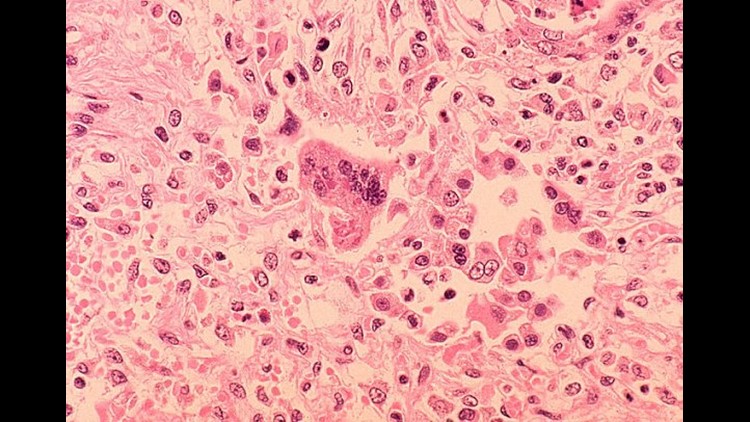HARRISBURG — Pennsylvania Secretary of Health Dr. Rachel Levine and Philadelphia Department of Public Health Commissioner Dr. Thomas Farley on Friday announced a possible measles exposure at Philadelphia International Airport earlier this month.
Those who visited the Delaware County airport on Oct. 2 or Oct. 3 may have been exposed, the officials said.
The potential exposures occurred at the following locations and times:
- Wednesday, Oct. 2, Terminal F from 6:30 p.m. to 12:00 a.m.
- Thursday, Oct. 3, Terminal F from 4:00 p.m. to 12:00 a.m.
- Thursday, Oct. 3, Terminal A from 8:30 p.m. to 11:30 p.m.
- Thursday, Oct. 3, Terminal A/B shuttle bus from 8:30 p.m. to 11:30 p.m.
“An individual with a suspected case of measles was present in the Philadelphia International Airport on two days and may have exposed many individuals,” Levine said in a press release. “The Department of Health is working with the county and municipal health departments to notify Pennsylvanians who were on flights with the suspected case, but other individuals may have been exposed at the airport during the identified times; however, if you have been properly immunized against measles, your risk of getting the disease is minimal. If you believe you might have been exposed and experience symptoms, please contact your health-care provider or call our toll-free hotline at 1-877-PA-HEALTH.”
To date, there have been more than 1,200 reported measles cases across the United States this year, including 15 confirmed cases in Pennsylvania. This is the greatest number of cases reported in the U.S. since 1992, Levine said in the release.
Measles is a highly contagious but vaccine-preventable disease that spreads through coughing, sneezing or other contact with the mucus or saliva of an infected person.
Symptoms typically appear one to three weeks after exposure and include: rash; high fever; cough; and red, watery eyes.
According to Centers for Disease Prevention and Control, those most at-risk are:
- Infants less than one year of age who are too young to have received the measles, mumps and rubella (MMR) vaccine;
- Individuals who refused vaccination; and
- Individuals from parts of the world where there is low vaccination coverage or circulating measles.
Additionally, even if you were vaccinated, you may still be at risk if you were vaccinated with an inactivated vaccine, which was used from 1963 through 1967, and have not been revaccinated; or you were born after 1957 and have only received one dose of MMR vaccine.



